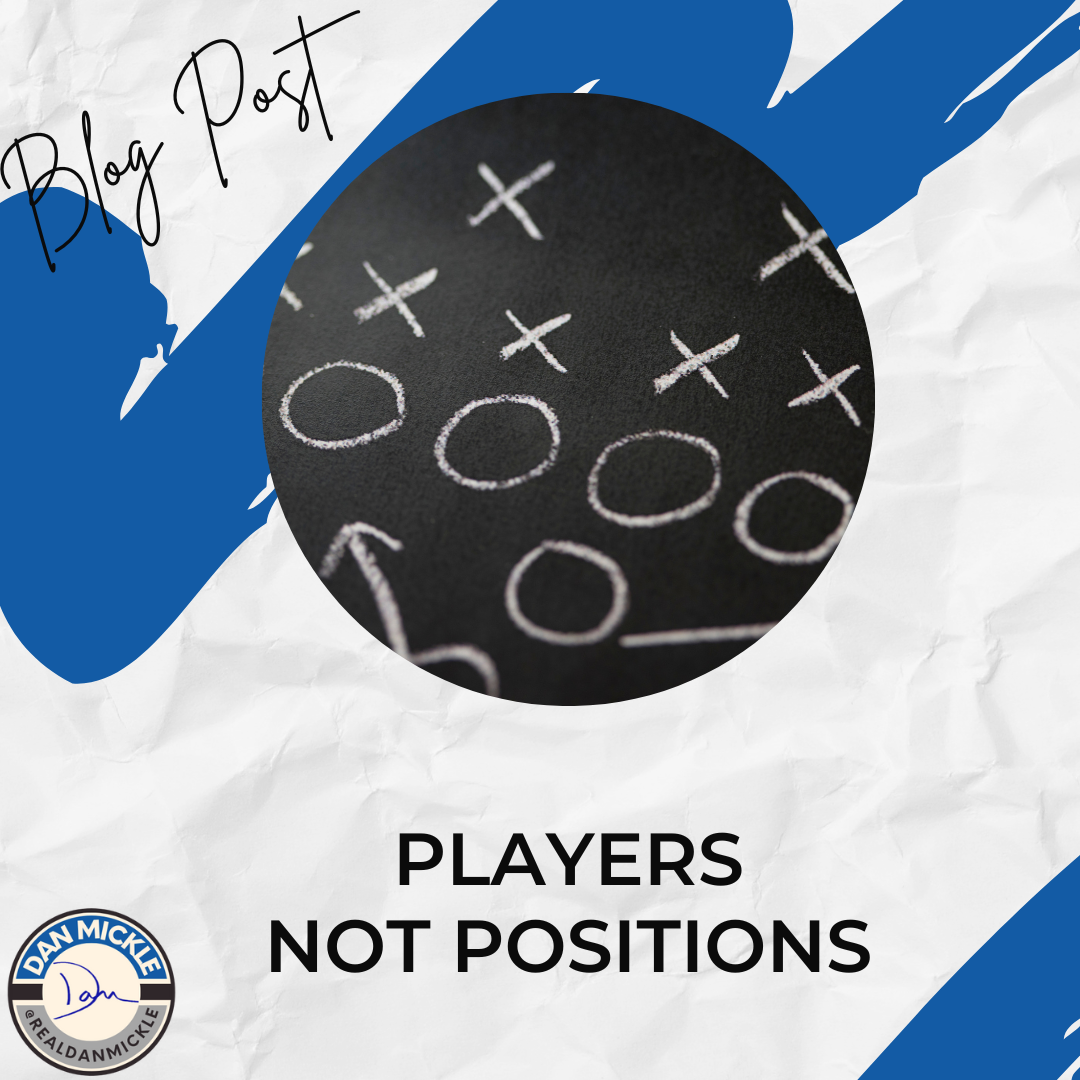“Your athletes are not positions; they are players.” This simple statement posted in an online group really struck me, as it encapsulates a powerful truth that applies across all sports. It’s so easy to define athletes by the roles they play—whether it’s “the quarterback,” “the striker,” or “the setter.” But when we reduce athletes to just their positions, we miss the bigger picture of who they really are and how they develop as players and people.
One of the core principles of the American Development Model (ADM) is that player development goes beyond simply mastering a single position. It’s about fostering a well-rounded athlete who understands the game, develops a wide range of skills, and grows both mentally and physically. While the ADM encourages athletes to explore multiple roles and positions during their younger years, it also acknowledges that, as athletes mature, there’s a natural progression toward specialization. But that specialization should come after they’ve had the chance to explore and understand the broader game.
When athletes are pigeonholed into a specific position too early, they lose out on the opportunity to develop a wide skill set. They might be restricted by a role that doesn’t truly align with their strengths or interests, which can lead to frustration or stagnation. The ADM encourages a more flexible approach, where athletes first gain an understanding of the game as a whole. By exploring different positions, athletes become more adaptable, strategic, and better equipped to handle the challenges the game throws their way.
This process also helps foster a growth mindset. Athletes who are encouraged to explore different roles are less likely to fear failure, because they understand that growth is a part of the journey. They start to build confidence in their ability to succeed in different situations, and that confidence extends beyond the field or court.
It’s not just about physical skills; it’s also about the mental and emotional aspects of development. The ADM focuses on creating athletes who are not only physically skilled but also mentally resilient, strategic, and capable of handling adversity. When athletes aren’t just defined by the position they play, they can focus on becoming well-rounded individuals who contribute to their teams in a variety of ways.
By the time athletes reach their teens, the ADM recognizes that specialization by position can become an important part of their development. But this should happen after they’ve been given the time to explore, understand, and develop a diverse set of skills. When they specialize, it’s not just about mastering one position; it’s about applying everything they’ve learned throughout their journey to be the best they can be.
Ultimately, the goal of the ADM is to create athletes who are adaptable, resilient, and well-prepared—not only for competition but for life. Athletes are not defined by where they play; they are defined by how they grow, evolve, and face challenges head-on. And when we look at athletes as more than just their position, we open up endless possibilities for their development, both on and off the field.
So, the next time you watch an athlete in action, remember: they’re not just the role they play—they’re the sum of their growth, effort, and potential. Let’s help them unlock that potential, one position at a time.


